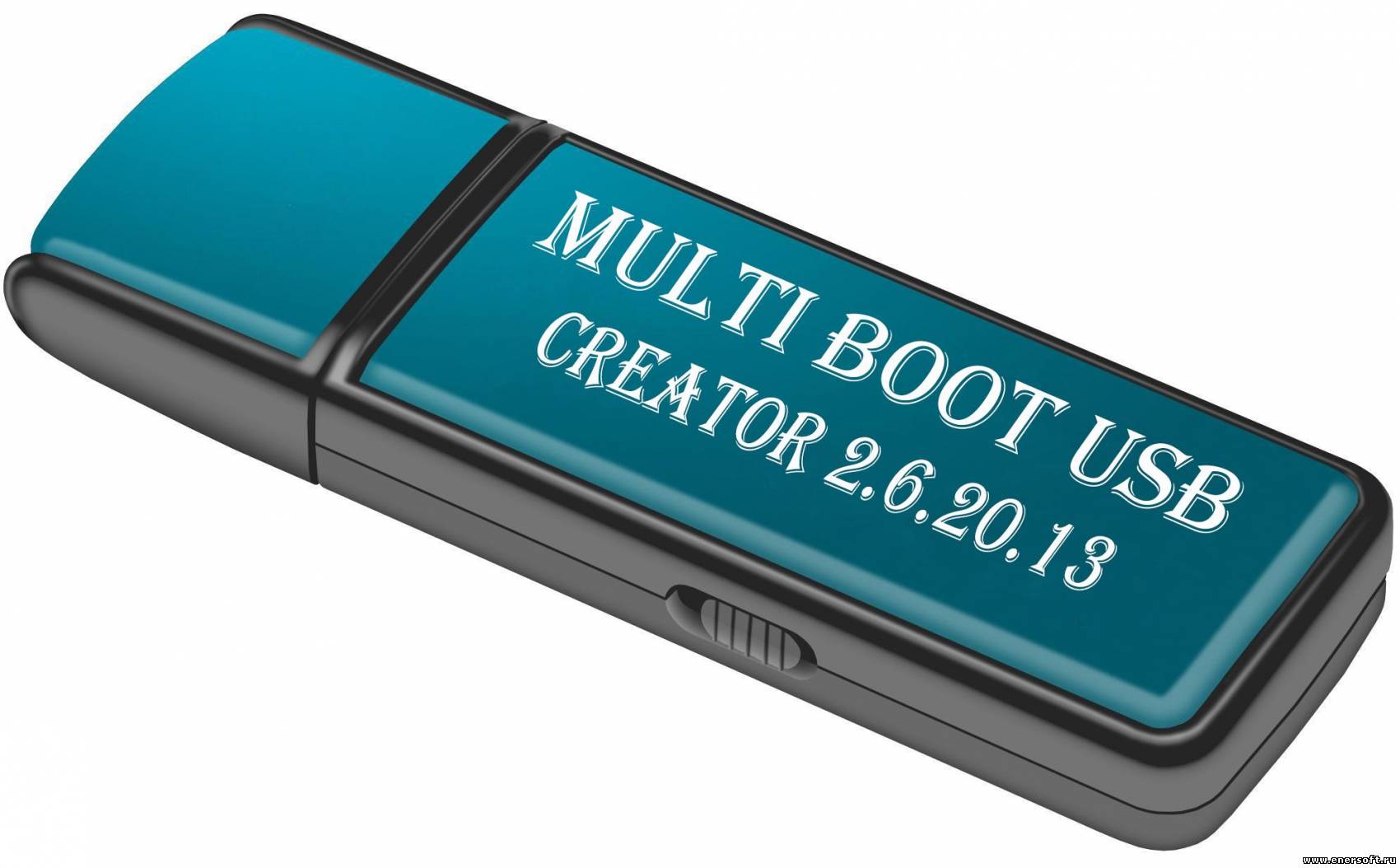
- #Boot usb flash with total commander how to
- #Boot usb flash with total commander install
- #Boot usb flash with total commander free
- #Boot usb flash with total commander windows
#Boot usb flash with total commander windows
That might sound like a lot, but it's actually a pretty simple process.īoth Windows and macOS include built-in tools to work with file volumes and partitions. Whatever your reasons for resetting a bootable USB, you'll need to reformat the drive, clear the current files from it, and create new partitions. (Maybe the drive is a really cool custom USB drive that you just can't bear to part with!)
#Boot usb flash with total commander install
You might choose to install a different OS on your bootable USB, or you might decide that you want to turn it back into a standard flash drive. The main reason to reset a bootable USB is that you need the flash drive for something else.
#Boot usb flash with total commander how to
Today, we're going to show you the opposite process: how to reset a bootable USB and turn it into a USB flash drive with a clean slate. In another article, we showed you how to create a bootable USB drive. Or you might take it with you so you always have access to your favorite OS and applications, even when you're using an unfamiliar computer. You might use a bootable USB to do a system recovery in an emergency or store a backup image of your disk drive. A bootable USB packs an entire operating system onto a single USB flash drive, along with the necessary files for basic tasks. Wait until all the files in the DVD installer copied to the flash drive.The bootable USB drive is one of the most useful low cost tools in IT today. * d: \ / E / H / F‘ and then press Enter.
To do so, open the Command Prompt as before.  To install Windows from a bootable USB drive, we just need to copy the whole installation files contained on the DVD installer to our flash drive. Now we are just one step away to complete our job. Congratulations! We have made a bootable USB drive successfully, and your flash drive is ready to be used as a boot media. Type ‘ exit‘ and hit Enter to close the Command Prompt. It would Create boot sector on D: drive (USB flash drive). Type ‘ bootsect /nt60 d:‘ and hit Enter. Now it would show your Active directory as F:\boot>. So change current directory of Command Prompt to DVD (F:).
To install Windows from a bootable USB drive, we just need to copy the whole installation files contained on the DVD installer to our flash drive. Now we are just one step away to complete our job. Congratulations! We have made a bootable USB drive successfully, and your flash drive is ready to be used as a boot media. Type ‘ exit‘ and hit Enter to close the Command Prompt. It would Create boot sector on D: drive (USB flash drive). Type ‘ bootsect /nt60 d:‘ and hit Enter. Now it would show your Active directory as F:\boot>. So change current directory of Command Prompt to DVD (F:).  By default, Command Prompt’s active directory for Administrator permission is on C:\Windows\System32>. First of all we will navigate Command Prompt to set installation DVD as its active directory. Here we assume that the flash / USB drive is the D: drive and the DVD installer is located on drive F : you have to replace it with your drive letters. Type ‘ exit‘ and hit Enter to exit from DISKPART program but do not close the Command Prompt as we would need it for further process. Type ‘ format fs=ntfs quick‘ and hit Enter for formatting current partition as NTFS file system quickly. It would activate it as current partition. It would select the ‘ partition 1‘ for setting up it as an active partition. Type ‘ select partition 1‘ and press Enter. Creating a primary partition and further recognized by Windows as ‘ partition 1‘. Type ‘ create partition primary‘ and hit Enter. Type ‘ clean‘ and hit Enter to remove all data in the drive. Type ‘ select disk 1‘ to select your USB drive and press Enter.
By default, Command Prompt’s active directory for Administrator permission is on C:\Windows\System32>. First of all we will navigate Command Prompt to set installation DVD as its active directory. Here we assume that the flash / USB drive is the D: drive and the DVD installer is located on drive F : you have to replace it with your drive letters. Type ‘ exit‘ and hit Enter to exit from DISKPART program but do not close the Command Prompt as we would need it for further process. Type ‘ format fs=ntfs quick‘ and hit Enter for formatting current partition as NTFS file system quickly. It would activate it as current partition. It would select the ‘ partition 1‘ for setting up it as an active partition. Type ‘ select partition 1‘ and press Enter. Creating a primary partition and further recognized by Windows as ‘ partition 1‘. Type ‘ create partition primary‘ and hit Enter. Type ‘ clean‘ and hit Enter to remove all data in the drive. Type ‘ select disk 1‘ to select your USB drive and press Enter. #Boot usb flash with total commander free
It would list your Hard drive as Disk 0 and Disk 1 for your USB flash drive with its total capacity and available free space.

Type ‘ list disk‘ to view active disks on your computer and press Enter. Type ‘ diskpart‘ in Command Prompt and press Enter. After search result for ‘ cmd‘ appears, right click on it and select “ Run as administrator“. Open Command Prompt by typing ‘ cmd‘ in the search box on Windows Start Menu. Plug in your USB flash drive to Computer or Laptop. The following are the step by step instructions to create a bootable USB drive. To create a bootable USB drive we require at least 4 GB capacity of USB drive. We will use the Command Prompt to create a bootable USB drive manually. Making your USB drive bootable can help you a lot in many situations say for example you can use it access the system that fails to boot or you can use it for data recovery.







 0 kommentar(er)
0 kommentar(er)
